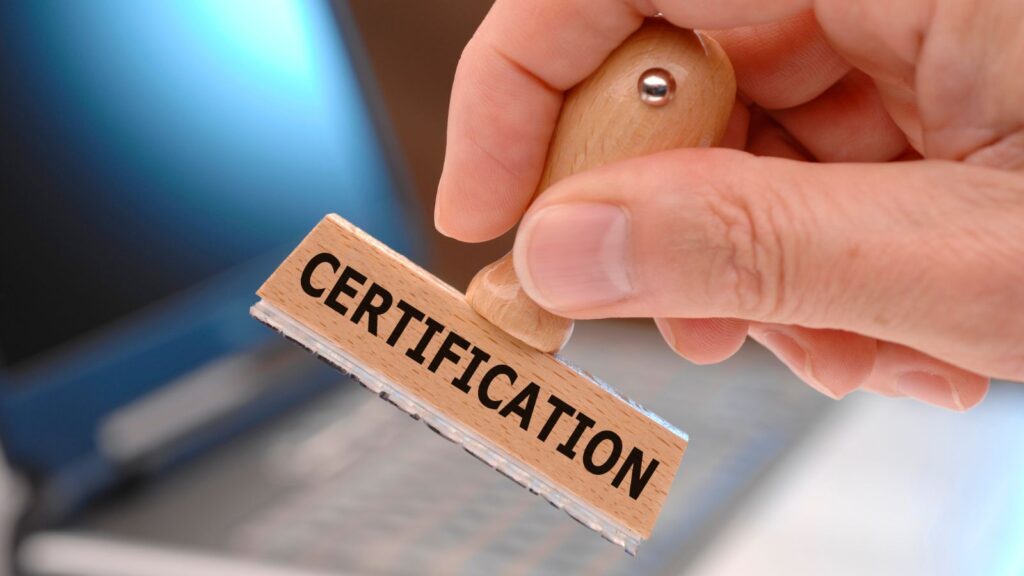Modern companies often utilize multiple web-based platforms, including brand microsites, regional portals, eCommerce storefronts, and service-specific subdomains. All of which need the HTTPS protocol to secure the user data. One possible solution for such a scenario is an SSL certificate. It helps businesses secure their site from man-in-the-middle attacks. However, managing individual certificates can be complex across domains. You also need to manage numerous renewal dates, inflated prices, and increased chances of outages.
An average cyberattack takes approximately 48 minutes to execute, so you require a system that will guarantee you timely renewals. A multi-domain SSL ensures that multiple websites are secured with just one digital certification. However, you need a broader solution for multiple sites and subdomains. This guide helps you understand what these multi-domain SSLs are and how they help you preserve security on multi-domain and subdomain sites.
What is a Multi-Domain SSL Certificate?
Multi-Domain SSL certificate is a single digital certificate issued for securing many hostnames by including them in the Subject Alternative Name extension. It allows a certificate to cover not only example.com but also example.net and example.org.
SAN has been part of the X.509 standard and is widely used to secure environments. It is best suited for environments that require multiple names on a single certificate. It simplifies server configurations and operations. Unlike a wildcard, which secures unlimited first-level subdomains on one base domain, this certificate offers cross-domain protection.
However, it can’t secure all the subdomains like a wildcard SSL certificate. This makes it ideal for consolidating protection across separate brands, regions, or services while keeping management centralized.
Why Multi-Domain SSL is your best bet?
A multi-domain SSL certificate offers several benefits for your business, like,
- It helps you save time and money by enabling multiple domain security through one certificate, one installation, and one renewal date. This sharply reduces operational overhead and renewal risk across domains.
- You will require one certificate that carries several SANs, and this is cheaper than acquiring and renewing individual certificates.
- SAN lists provide increased flexibility to your business when you need to update or change domains as the portfolio grows, including rebrands, acquisitions, or product launches.
- You can ensure industry-standard encryption and browser trust indicators (padlock/HTTPS) across domains. This means accuracy in hostname matching via SAN. This means clean and warning-free user experiences.
Now that you know what a multi-domain SSL certificate is, you may face a dilemma: “What if I want to secure both multiple domains and subdomains?” The answer is a multi-domain wildcard SSL certificate.
What is a Multi-Domain Wildcard SSL Certificate?
A multi-domain wildcard SSL Certificate helps businesses secure multiple domains and unlimited subdomains with one certificate. It combines the SAN flexibility with the potential of a wildcard SSL certificate to secure many subdomains on a single certificate. This hybrid approach is excellent for your business when some domains have complex subdomains. Enterprises, agencies, and hosting providers leverage this approach because it streamlines the issuance and lifecycle management process.
Practical use cases of multi-domain SSL certificates
- Corporate groups with multiple brands: You can ensure security for brandA.com, brandB.com, and regional brand sites under one certificate. This helps in easing compliance and centralized governance for your brand.
- Global eCommerce: You can use multi-domain SSL certificates to protect store.us, store.eu, and store.
- Educational institutions: You can leverage these certificates to secure multiple educational domains, each for different departments and faculty sites.
- Digital agencies and hosting providers: You can provision one certificate for multi-tenant stacks or client bundles, cutting costs and time-to-launch.
Final takeaway
The growing demand for new services, products, and shifting customer needs requires more digital platforms for businesses. A secure domain is required for each digital platform hosted on the web. Handling numerous SSL certificates, their renewals, and life cycle management will be a hassle.
You can get a multi-domain SSL certificate to ensure enhanced security for multiple domains, but if you have various subdomains, it will not be enough. Here is where there is an opportunity to take advantage of a multi-domain and wildcard SSL certificate. It helps secure multiple domains and several subdomains through a single certification process, which is cheaper and reliable.

